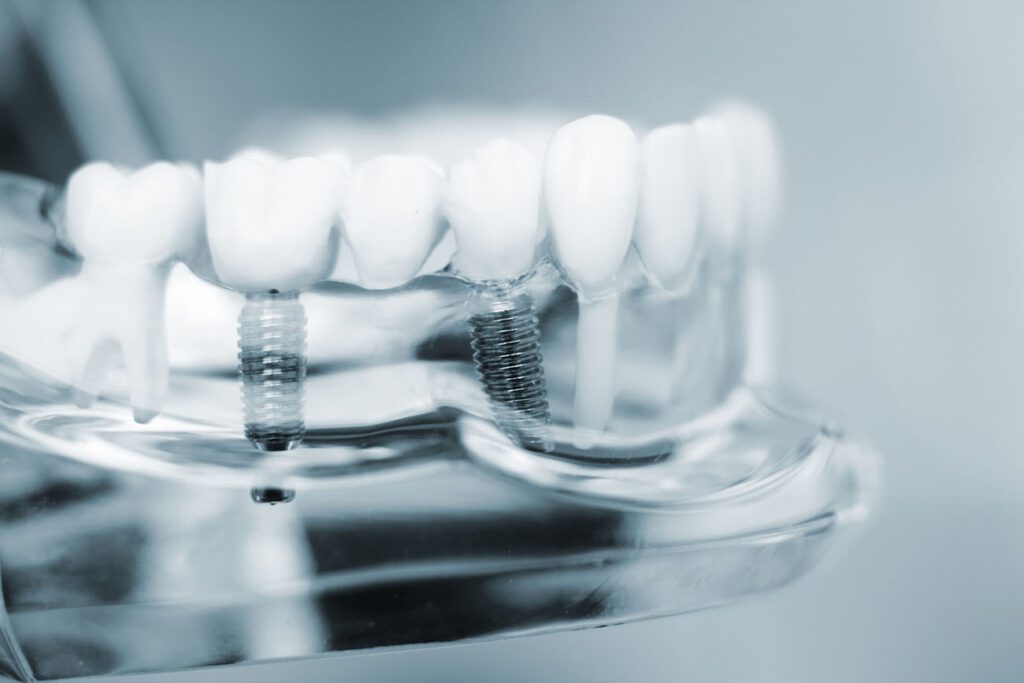Missing teeth can lead to worsening dental conditions. The longer you wait to get restoration, the more likely you are to suffer damage or decay. Dental implants in Washington, DC, are among the most recommended treatment options for patients with missing teeth. Their benefits for jaw stability and bite strength have increased their popularity over other treatments, such as dental bridges. However, implants may not be available for everyone. Because of how they mimic the natural structure of your tooth, implants require a healthy mouth and lifestyle habits to provide the best results.

Understanding Dental Implants in Washington, DC
Dental implants are a complex treatment option that’s often made up of three parts. For many patients, the amount of time between your first appointment and your completion of treatment is around five to six months. During this time, you may experience additional treatment needs, such as an extraction or bone grafting, to help prepare your mouth for implant surgery and restoration.
Implant Surgery
When you’re reading to get an implant, your dentist or oral surgeon will have to surgically place it. The implant is a tiny titanium post that a dentist places into your jawbone. This post mimics the natural root structure of your tooth. It can help retain bone density in your jaw and provide additional support for your bite. Surgery does require a local anesthetic. In the case of multiple implants or full mouth reconstruction, your dentist or oral surgeon may recommend general anesthesia instead.
Integration
After the implant has been placed, it needs time to integrate into the bone. This is often the step during which implants can fail. If you don’t have enough bone density in your jaw, the implant could come loose or fall out. You may also experience difficulties with integration and healing if you have gum disease or tooth decay. Your dentist will usually examine your mouth prior to surgery to ensure you are healthy enough for integration.
Abutment and Restoration
After the surgical site has healed and the integration is complete, your dentist will then apply an abutment to the post. The abutment is used to help connect the restoration to the implant. Once they have placed abutment, your dentist will take impressions to help fabricate the restoration.
For single dental implants, the most common restoration is a dental crown. However, dentist can also use multiple dental implants to help restore your mouth through an implant-supported bridge or an implant-supported denture. When getting multiple implants, your dentist or oral surgeon will strategically place the minimal amount of implants needed to ensure maximum support and strength.
If you’re missing a tooth, the sooner you get treatment, the better. At Foxhall Smiles, we coordinate with a local oral surgeon to place your dental implant, which we then restore. Call us today at 202-315-2188 to schedule a consultation and see if implant dentistry may be right for you.
